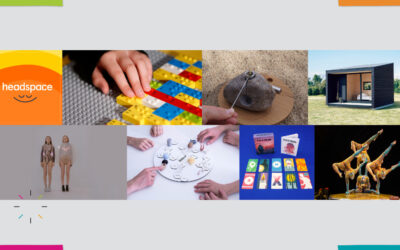Professional life is full of challenges and doesn’t always go according to plan. Sometimes, after years of working in one industry, we come to the conclusion that we need a change. This can be caused by various factors: lack of satisfaction, the desire to pursue a passion, or changes in the job market that make our current skills less attractive. Retraining and changing professions is a significant challenge, but also an opportunity for a new, better chapter in professional life. The question is: where to start?
Quick Links
- How to Know It’s Time to Retrain?
- What to Do Before Deciding to Change Professions?
- Skills and Qualifications in a New Industry
How to Know It’s Time to Retrain?
The decision to retrain often doesn’t come overnight. It’s a process that usually starts with some kind of dissatisfaction or feeling of stagnation in the current profession. This can be related to a lack of satisfaction with the work performed, a feeling that we are not developing, or frustration with the lack of promotion prospects. Another signal may be that the work we currently do is becoming less valued in the job market, which may affect our future professional stability. Sometimes, changes in private life, such as moving or the birth of a child, can prompt reflection on the direction of one’s career. If you notice any of these signals in yourself, it may be a sign that it’s time to seriously consider retraining.
What to Do Before Deciding to Change Professions?
Before deciding to retrain, it’s worth considering your predispositions and skills. In this context, the Design Mindset Detector™ predisposition test can be an extremely useful tool. In most rapidly developing industries, people with predispositions for work related to Customer Experience (CX) and innovations are needed. With the test, you can understand which predispositions are your strengths and which you can develop. The results are presented in the form of a detailed report that not only indicates the predispositions you have but also provides individual development tips. These latter ones are crucial as they allow you to plan your personal development path and focus on the areas that can bring the greatest benefits.
Next, it’s worth conducting a job market analysis: which industries are currently growing, which skills are most in demand, and what are the earning prospects. Don’t forget about talking to people who already work in the industry you’re interested in. They can provide valuable tips and a realistic picture of the new professional environment.
The last but no less important element is the assessment of your financial situation. Retraining often involves initial expenses for education or time when you won’t be able to work. Make sure you’re prepared for this. Only after analyzing all these aspects will you be able to make an informed and well-thought-out decision about changing your profession.
Skills and Qualifications in a New Industry
Transitioning to a new industry often involves the need to acquire new skills and qualifications. However, it doesn’t always have to mean starting to learn from scratch. Many competencies, such as communication skills, analytical abilities, or team management, are universal and can be transferred to different sectors. Nevertheless, industry-specific technical skills and substantive knowledge are key to effectively functioning in the new environment. Therefore, it’s worth investing in additional training, courses, certificates, or mentoring, which will allow you to adapt faster and more easily to the new role. Don’t forget about networking and making contacts in the new industry, which can significantly facilitate your path to success.
Want to check your predispositions using the Design Mindset Detector™? Order the test!





